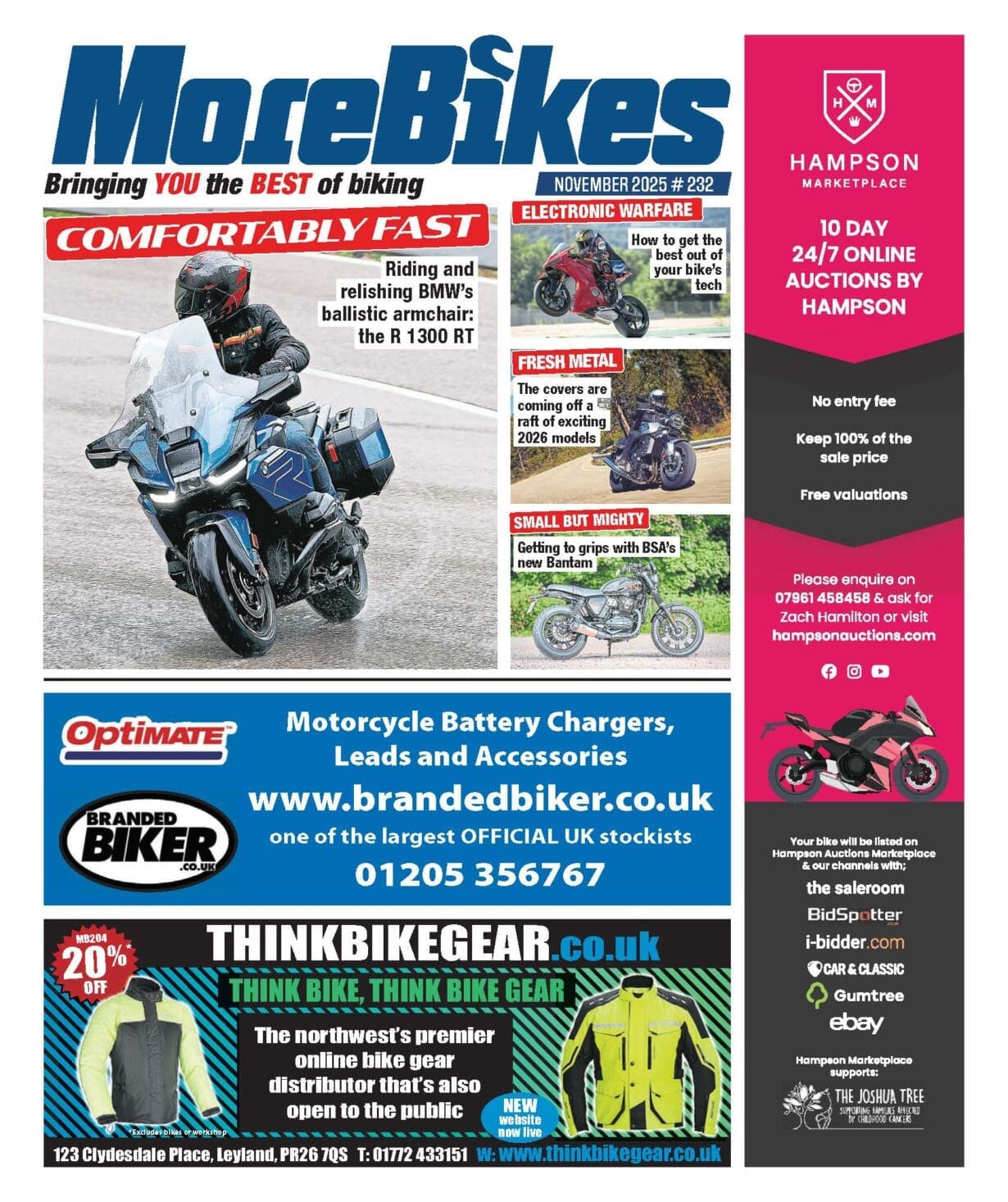If you’re keen to tick the overseas trackday box, here’s a bit of advice to make your experience as slick and enjoyable as possible.
A lot of things have changed in recent years, what with the impact of Covid and leaving the EU. Quite simply, trackdays abroad are not as straightforward as they used to be, but that’s not to say they’re impossible or not worth the added effort. Without going into too much detail, I want to cover the key points and confirm what is and isn’t necessary for you to do when trackday riding abroad.
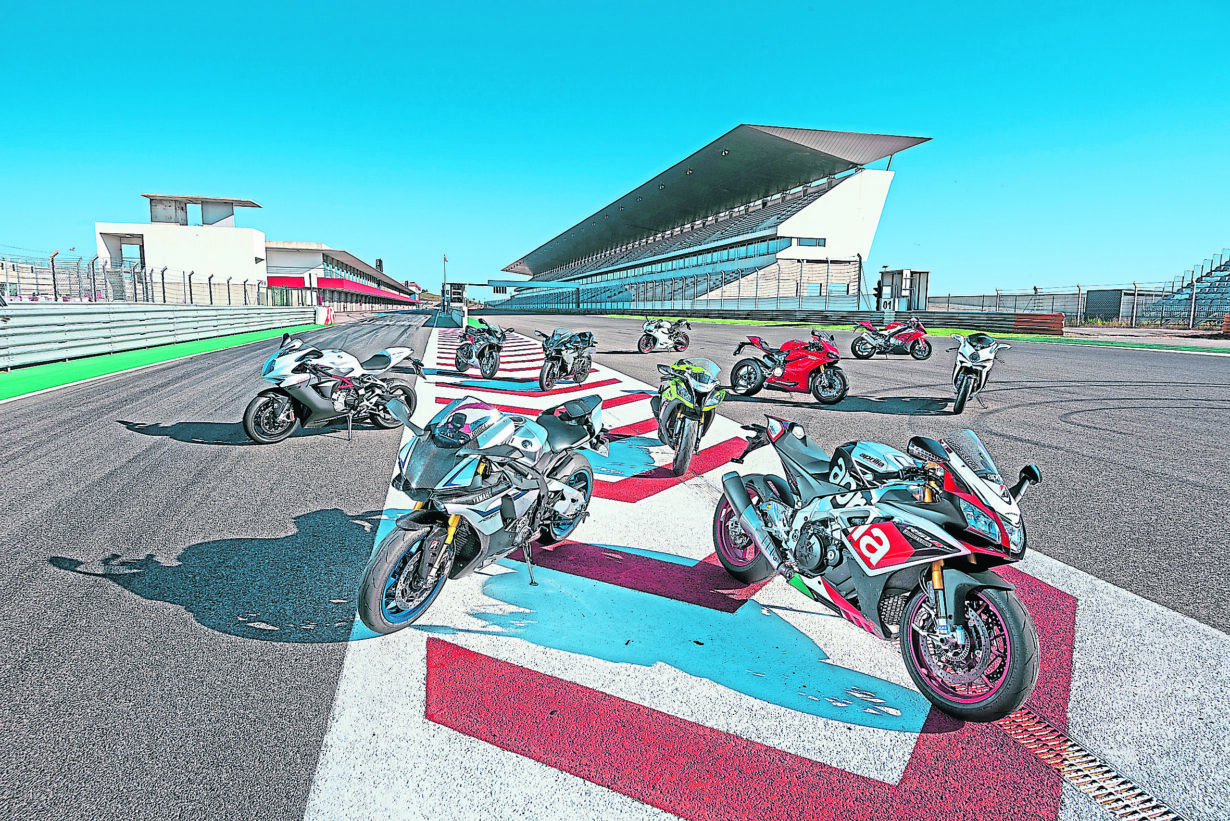
Fly or Drive
Enjoy everything More Bikes by reading the MoreBikes monthly newspaper. Click here to subscribe, or Read FREE Online.
- I’ve had to drive a few times this year but that was because I had two-three back-to-back events. It was very expensive (£300+) for the Euro Tunnel and then fuel, toll charges on top and a lack of sleep to get the distance covered in as short a timeframe as possible. You get to see some amazing sights along the way but it’s a challenge. My advice is to use the No Limits transport company to take your bike and kit, then catch a 2.5-hour flight to the other side.
Travel Documents
- Passport must have a minimum of three months before expiry.
- For Spain and Portugal, you need to fill out a passenger locator form before you can fly; you will need to do another UK passenger locator form for the return journey.
- If double jabbed then you need a copy of the certificate which is generated through the NHS app (make sure you update this regularly because it does expire after about one month). For re-entry you need to book a two-day test (approx. £50) and provide the reference number on your passenger locator form; you must do this test within two days of returning.
- If not jabbed then you will need to confirm each country’s specific requirements. Currently you need a PCR test before you go and proof of a negative result, either printed or a screenshot. You will also need to do a return test within two days.
- Repatriation insurance is essential, and you can’t ride without it. There’re a number of different policies available but I recommend doing your own research. Price varies massively and that’s because the level of cover also varies massively. Having the cover means you can ride, but if something bad did happen then you would need to check that your chosen policy would cover all aspects following a serious accident.
Bike Transport
- Bike transport from a designated UK collection point is included in the event cost and it makes life so much easier for you… just streamline what you want to take and then strap it on to your stillage. Consider sharing a stillage with one of your friends and then you can whittle down what you need to take. One tyre gauge, one fuel jug, one roll of duct tape, etc. No Limits offer collection points in Swindon, Donington Park and Bedale (North East).
- Stillage space looks tight once your bike is securely strapped down, but you can still get lots of kit and tools on if you just plan a little. Limit the number of tools and spares you take and whatever tool kit you want to go with, try and pack it into soft luggage rather than a toolbox… it’s much easier to squeeze something soft in-between bikes or underneath the bellypan; it’s almost impossible to fit a decent-sized toolbox on to a stillage.
- Pre-order your tyres from No Limits because it saves space on your own stillage and includes fitting costs when you’re out there.
- Carnet is the new mandate form and provides a bit more detail which the transport company keep a record of. Using the spreadsheet supplied by No Limits, list all the items, their weight, value and country of origin.
Hire Car
- Hire car costs have gone up since Brexit so shop around.
- There seems to be a car shortage and a staff shortage at some airports… maybe contact the hire company before you travel to ensure the desk will be attended when you arrive.
- Always take out the full insurance when you hire a car.
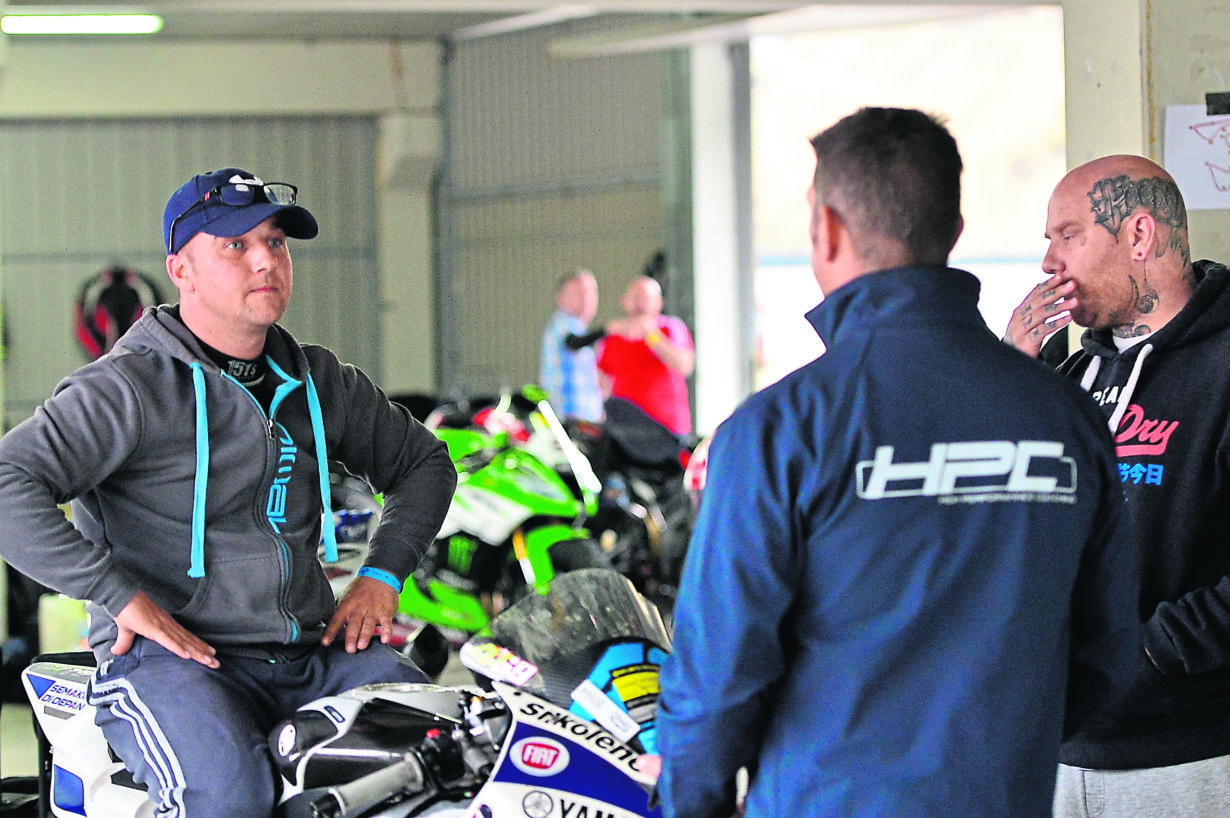
Choosing a Circuit
This is just my opinion and should not stop you from booking a particular track. However, these points may help when choosing which track will be your first Euro experience:
Experienced 1000cc Rider and Racers
- Portimao
- Catalunya
- Brno
- Jerez
- Le Mans
- Mugello
- Slovakia Ring
- Spa
- Estoril
- Assen
- Imola
- Valencia
- Motorland Aragon
Middle Group Riders and Smaller Capacity Bikes (normally slightly cheaper events)
- Cartagena
- Parcmotor
- Monteblanco
- Andalucia
- Circuit du Val de Vienne
Bike Prep
I’ve seen some easily avoidable situations on the overseas trackdays, from both experienced and inexperienced riders. If you only ride a handful of times a year, then consider how often you would normally work on your bike in between UK trackdays? Maybe you give it a spanner check or oil change after each trackday, maybe you just throw a cover over it and kick the tyres at your next trackday, but whatever your approach, your bike will go through more pain over three consecutive days in Europe than ever before. Remember that the tracks are faster and hotter than you are used to and expect to see some wear and tear.
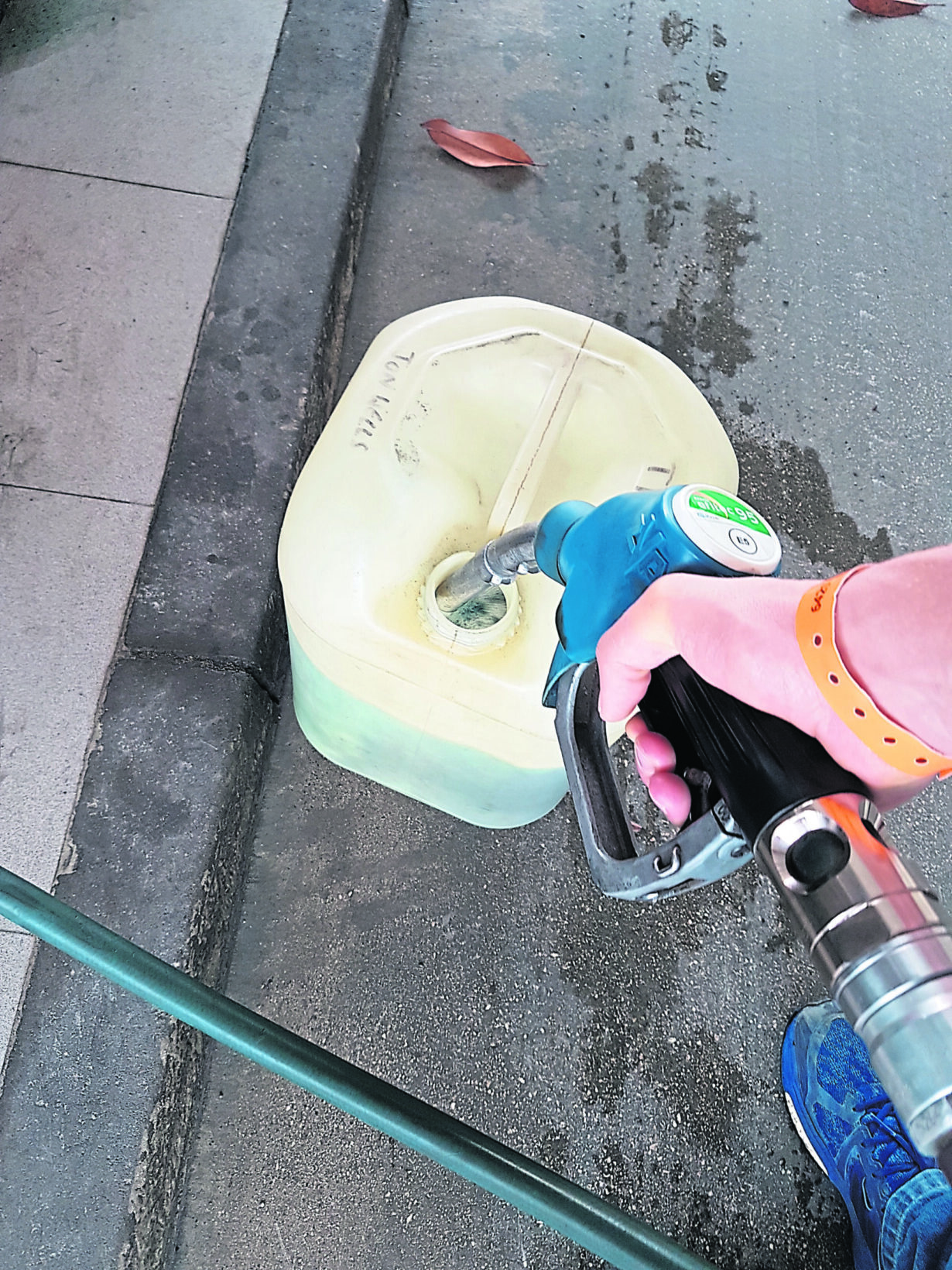
Tyres
Don’t try and budget to just get through on your tyre wear, pre-order enough tyres to cover a set per day and you should start with new as well. Tyres wear out faster in Europe and especially on the bigger circuits. Portimao is abrasive; Jerez is just one fast corner after another; Cartagena has one of the best corners for drifting; and based on what I said earlier about getting more track time, you will burn more rubber than at a normal UK event. If not, whatever tyres you have left over you can use on the next event.
No Limits can only take a limited amount of tyres for stock and if you run out on day two then you may have to settle for a tyre you don’t know or a mismatch just to get you through.
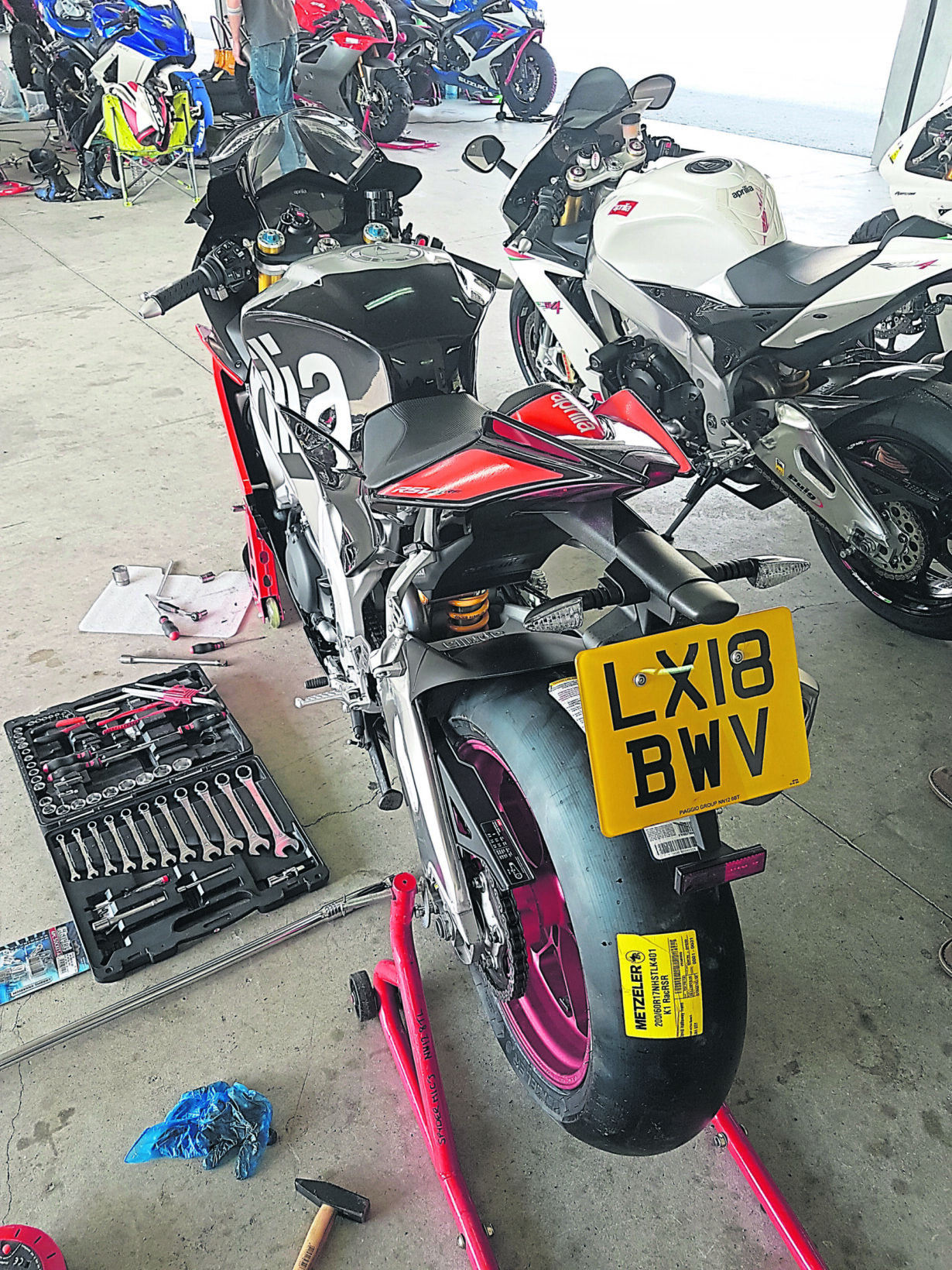
Brakes
Day one at a new circuit will see a lot of riders doing two things wrong: that’s over-braking and aggressive acceleration, just gassing it too hard. Portimao is a perfect example. Day one and riders are having trouble with tyre wear and brake fade. By day three they have perfect tyre wear and no brake problems. It’s because they don’t know the track well enough; the high-speed straights and series of blind, fast corners need some practice to get the flow. Personally, I would run some fresh brake fluid through the system before I go out and start the trip with some brand-new pads, or at least pack a new set of pads just in case.
Service and Bolt Check
A noticeable difference when riding in Europe is how much more you hit full throttle. It’s not very often we hold full throttle at max revs when riding here in the UK, but when you start riding like that, it puts the bike under more strain. You also carry lean angle for longer and you could do some engine damage if the oil level is too low. Do an oil and filter change before you go and take some top-up oil with you to keep it in the window. Extra vibration and extreme heat will cause nuts, bolts and fasteners to come loose, so do a good spanner check before you go and clean your bike each evening when you’re there and you may spot the odd loose fastener.
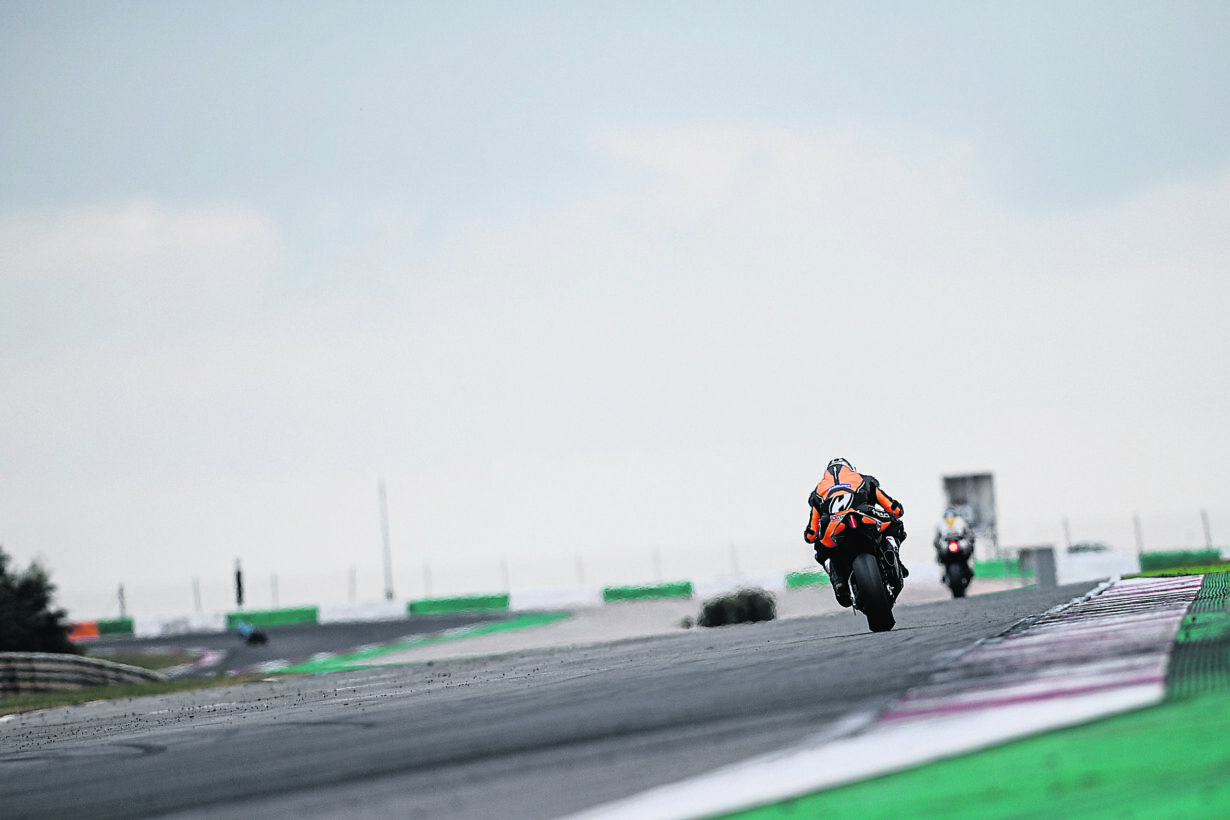
Gearing options
If you have a track-specific bike or race bike then you should always carry some optional gearing. Why? Catalunya main straight is over 1000 metres long and you come on to it at over 100mph, Portimao is almost as long and a good rider will be doing over 120mph before they even get on to the straight.
Suspension Set Up
If you’re on a road bike then you will be limited to what can be done, but racers should consider throwing some specialist tools in, along with some optional springs and fork oil.
Get on track with Dean…
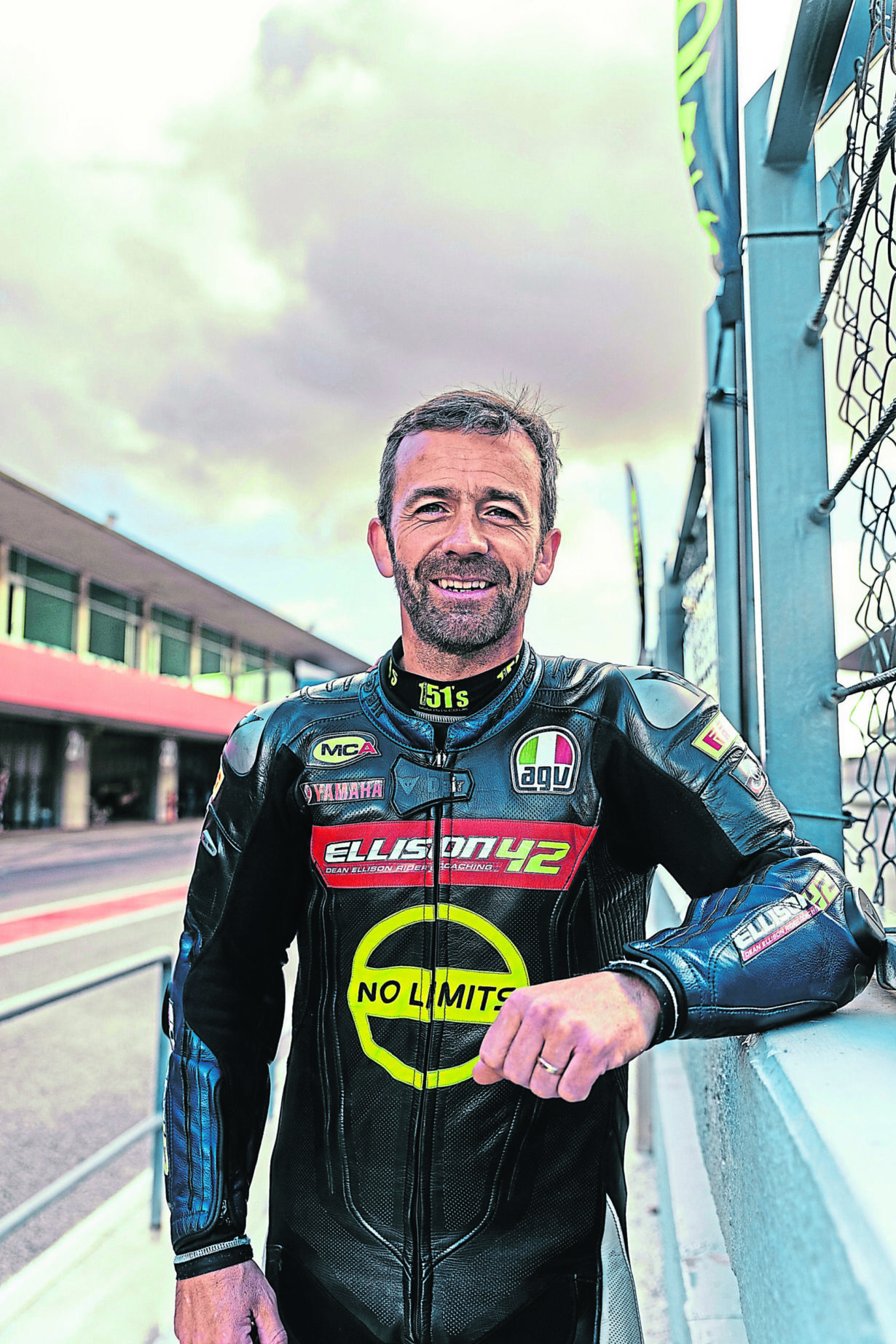
If you want to up your game on track, Dean’s the man you want in your pitbox. An ex-World and BSB spec racer, he’s also honed his craft in endurance racing and has since gone on to establish,, arguably, the best track riding tuition on offer here in the UK. Check out his page on Facebook and drop him a line if you’re after some next level rider coaching – www.facebook.com/deanellison42

